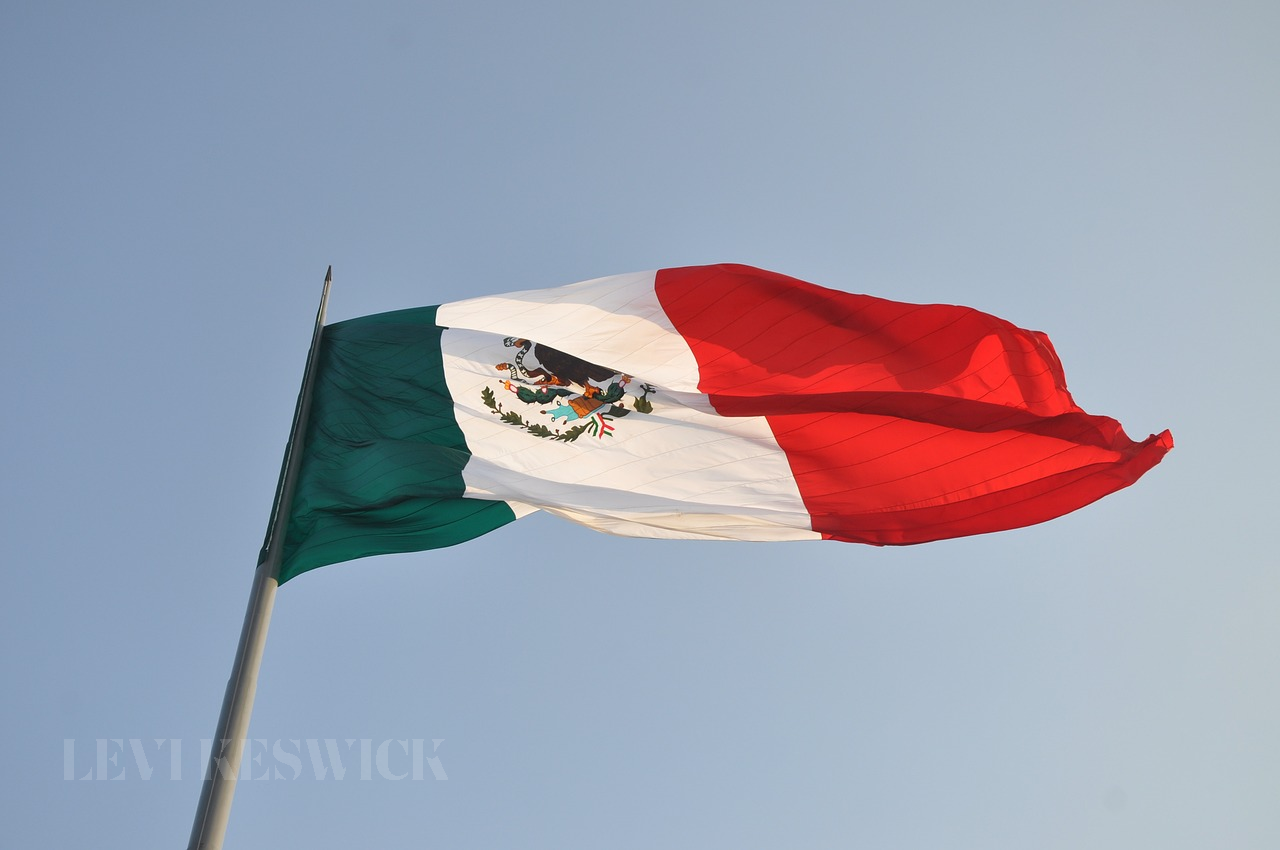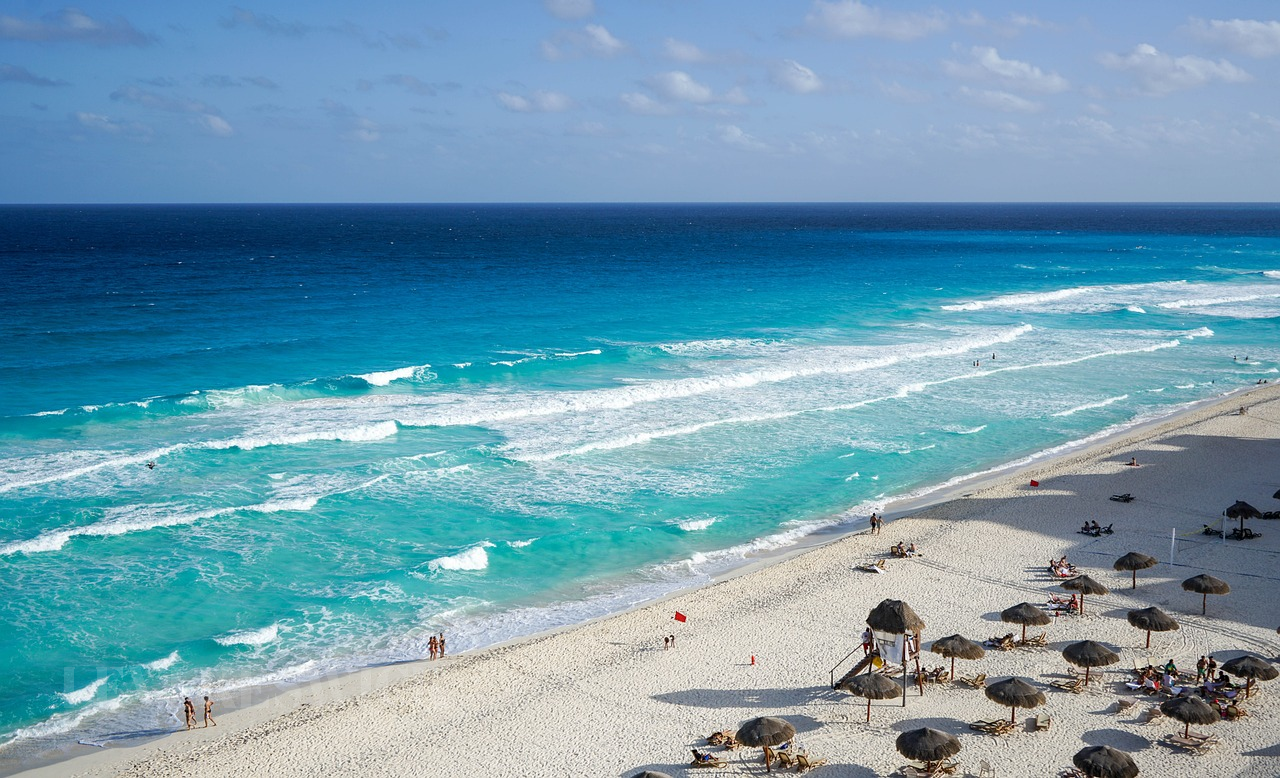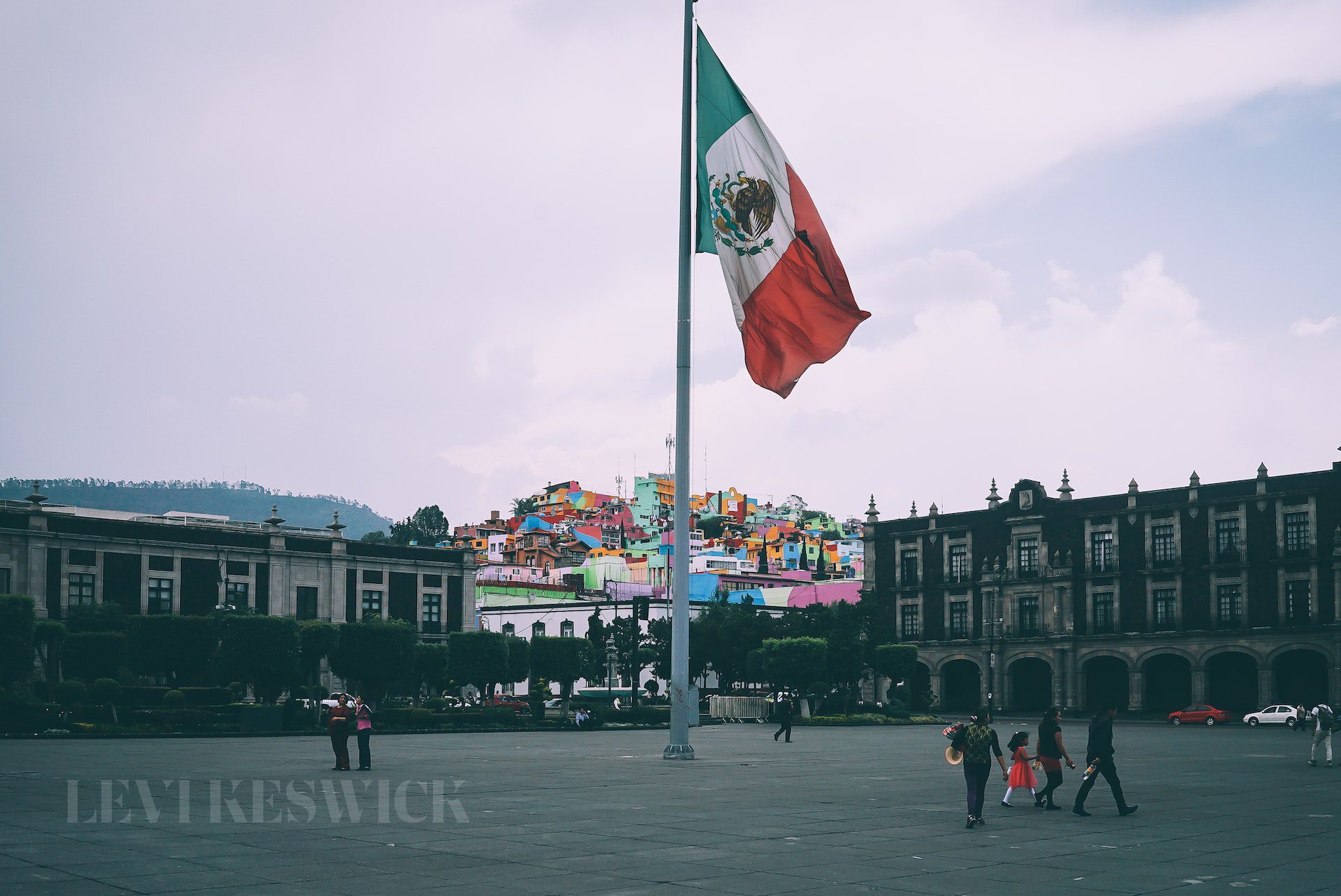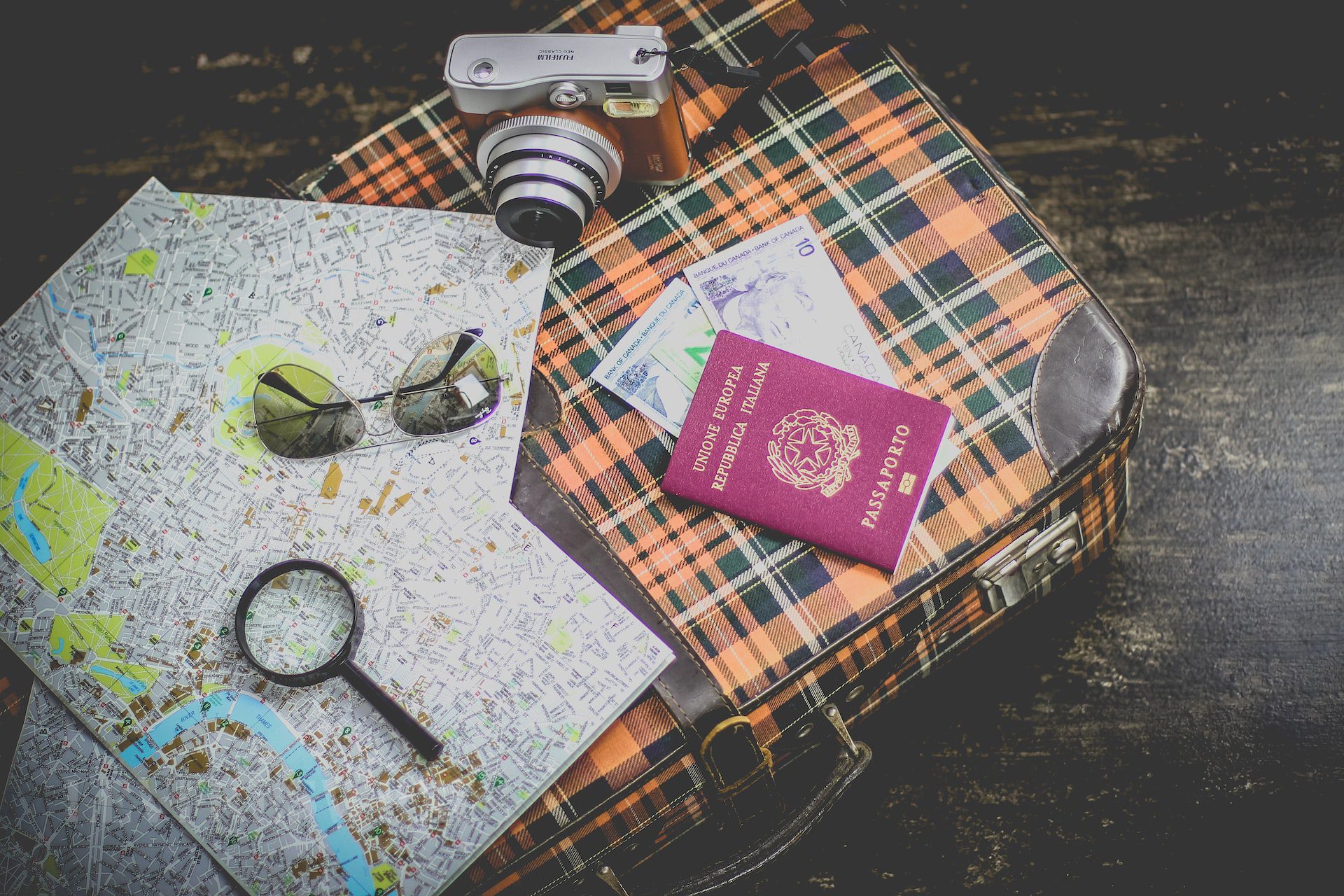Mexico is renowned worldwide for its fantastic gastronomy, beautiful beaches, and historic landmarks. During the day, explore ancient Mayan temples, and in the evening, dine on delicious local cuisine to the sounds of live music. Relax on sandy tropical beaches and dive among colorful coral reefs and exotic aquatic life.
There is an abundance of exciting activities, from dining to outdoor adventures, on both the west and east coasts. To make sure you get the most out of your Mexico trip, we made a list of 8 things you should know before getting into this amazing experience.

Weather in Mexico Varies Throughout the Year
The weather in Mexico has a big impact on hotel and airline rates. Always check the Puerto Vallarta or Cancun weather forecasts before planning your trip there, or to any other Mexican place. Between the heaviness of the autumn rains and the start of the peak season, dry, mild November may be the best month to visit overall.
The rainy season, which occurs between June and October, is the primary low season. The most rain falls in central Mexico, yet it may not be as awful as you’d think. There are fewer people at the beaches than during the busy winter season, and the rain tends to arrive in quick bursts in the afternoon before the sun comes back out. These interludes might provide some much-needed reprieve from the oppressive heat and humidity, and could be perfect for taking a nap.
Prices Change
Airfares and hotel rates tend to fluctuate with peak and off-peak travel periods. From around the middle of December forward, prices for flights, hotels, and other travel-related items may rise as Americans flee the cold for warmer climes over the Christmas season. To dependably save money on your trip, you need to plan it during the off-season, when demand is low and prices are often cheaper.
Use Shared Taxis to Get Around
While there are many options for getting through Mexico, we recommend “collectives” (shared taxis) for short distances between large cities (less than an hour). A taxi or minivan leaving a place may pick up passengers along the road for a nominal price. We think it would be enjoyable if you tried this as a means of transportation while in Mexico, providing you the opportunity to interact with locals and maybe even try out some of your Spanish skills. You can also try services like Uber, which is becoming more popular in Mexico City, and for good reason: you can take a short journey, such as from the airport to the City Business District, for about $6 to $12.
The Mexican Peso Is a Must-have Currency
Having some Mexican pesos on hand is one of the most important pieces of advice we can provide to anybody planning a trip to Mexico. Tourist areas may have merchants that take credit cards (tarjetas in Spanish), but it’s still a good idea to bring some Mexican pesos just in case. This is particularly important if you intend on making any stops in smaller towns in Mexico, since only a fraction of the businesses and restaurants there will accept credit cards. To add insult to injury, only mercados (local markets) in Mexico take cash from their merchants.
It’s Usual to Leave a Tip
One of the most annoying aspects of traveling in Mexico is the constant need to leave tips. This trend likely emerged because of Mexico’s closeness to the origin of tipping in the United States and the vast number of U.S. visitors who are used to tipping. Everywhere from pubs and restaurants to cafés, cab drivers, and tour guides, a minimum 10% tip was required. Although a trip to Mexico can still be done on a budget, keep in mind that the prices you see listed online are likely to be lower than what you end up paying after tipping.
Never Drink Tap Water in Mexico
Never drink water directly from the faucet in Mexico; it is not safe to do so almost anywhere. But be careful – a lot of visitors waste valuable time searching for water because of the heat, and they often get ripped off by opportunistic sellers selling bottled water. The cost of buying bottled water adds up fast, and all that plastic is bad for the environment.
What exactly should you do now? A water bottle equipped with a travel-grade filter may be a practical and environmentally beneficial way to ensure safe drinking water wherever you go.
The Food is Very Spicy
You may expect to be presented with a wide variety of sauce options at most taco restaurants. Don’t be overwhelmed by all the possibilities; instead, plunge in and explore them. Yet, the spice level might vary widely from moderate to hot (picante). When they say “spicy” in Mexico, they mean it. This is no ordinary spice, it’s the kind that can make your eyes weep, your tongue goes numb, and you may even regret eating it the following morning. The locals put chili sauce on their eggs in the morning, so you know it’s going to be spicy. Like with any new experience, it may take some time to adjust to the new intensity of the cuisine.
Get a Virtual Private Network (VPN) to Keep Your Data Safe
The increasing prevalence of cyber criminals in Mexico has hampered its efforts to combat the problem. Several recent reports have shown how simple it is for identity thieves to prey on tourists in Mexico. The hotel’s WiFi may not be what it seems, and you may be unwittingly giving your personal information to a con artist. That’s why you should always check the hotel’s policy before booking. A hacker may view everything you do on your smartphone, including banking information, passwords, and sensitive data. If you’re going to be doing any remote work in Mexico, a virtual private network (VPN) is essential for keeping your data safe from hackers.

Be sure to note down these eight essential things to know before traveling to Mexico if you are considering a vacation there. They will be of great assistance to you while you are there. If you spend some time planning ahead of time, you will be able to de-stress and enjoy your trip without being concerned about the myriad of potential problems that may arise.













